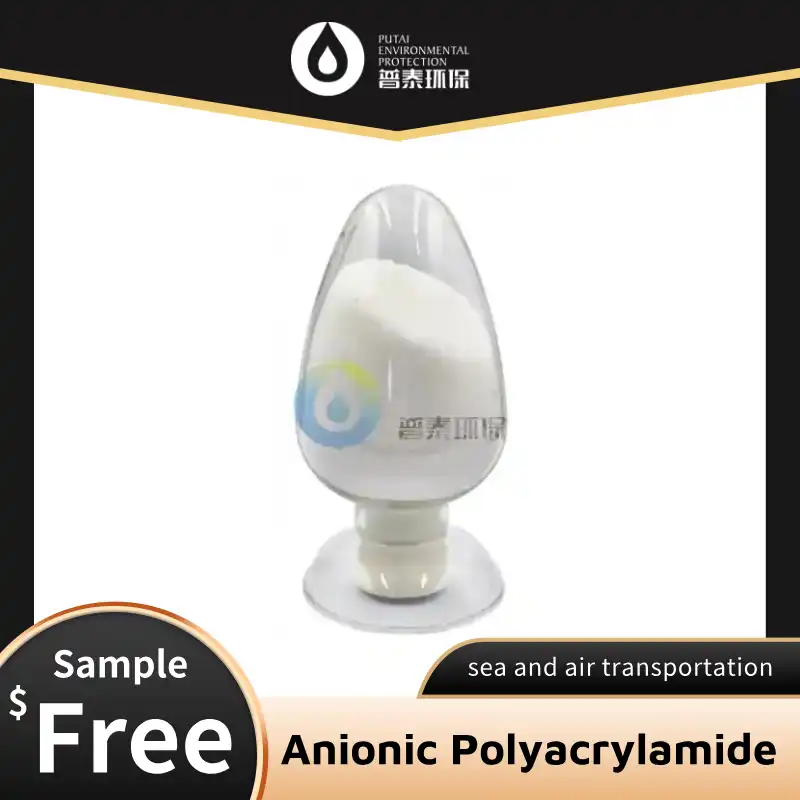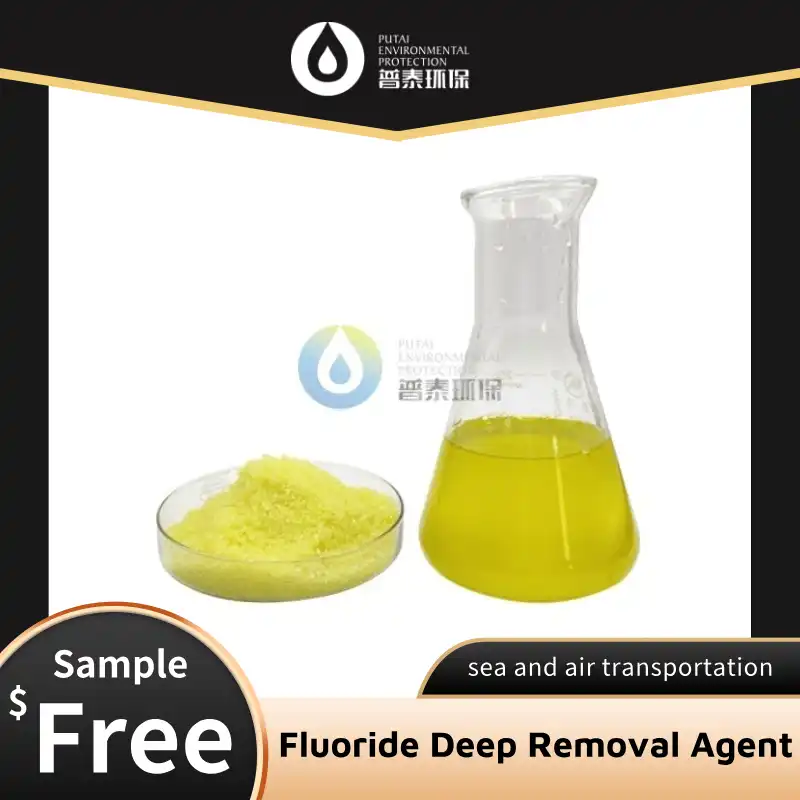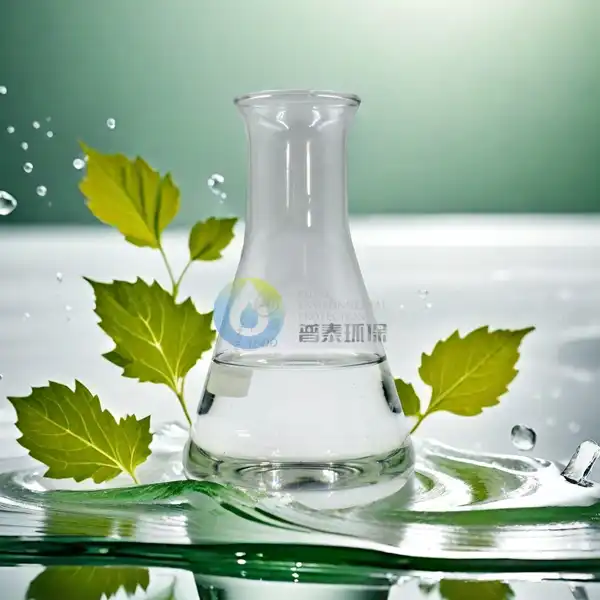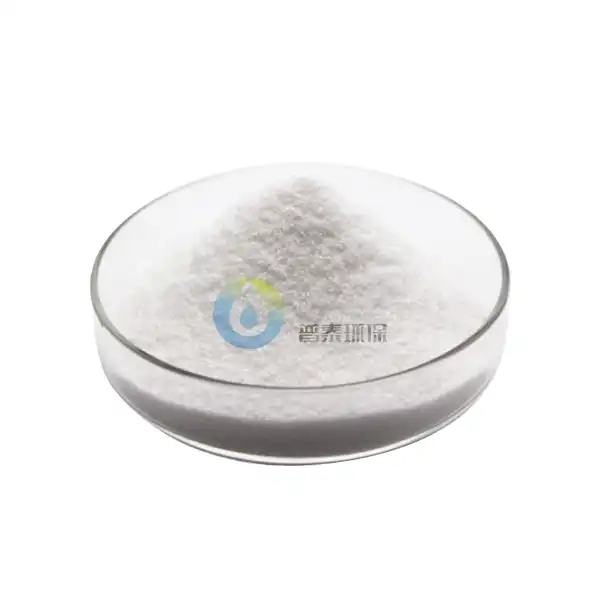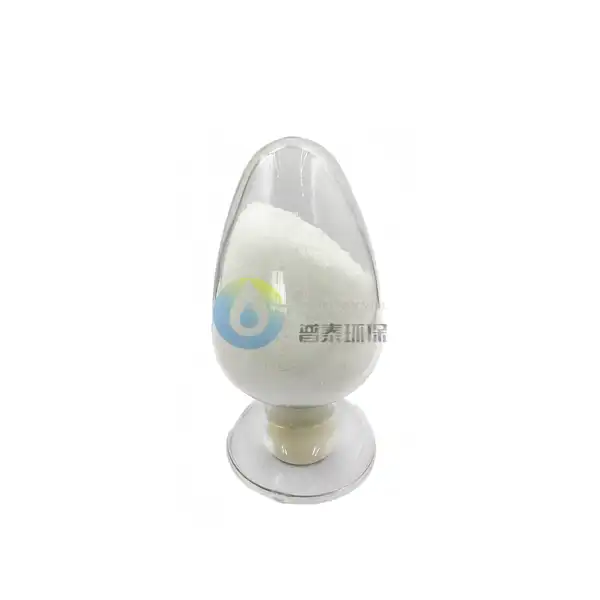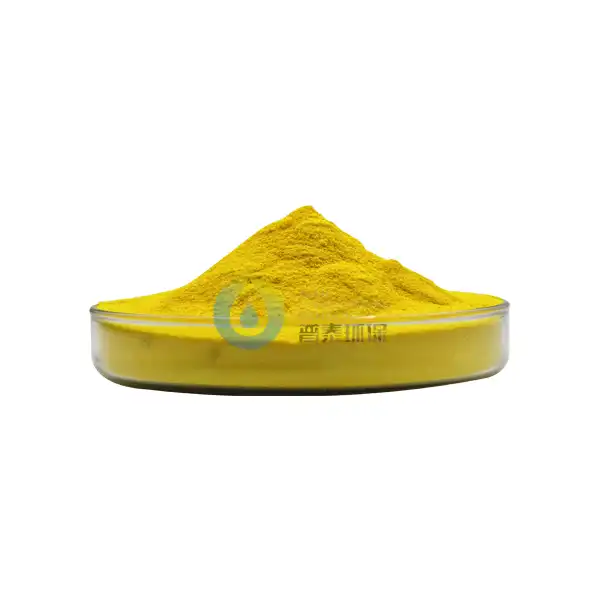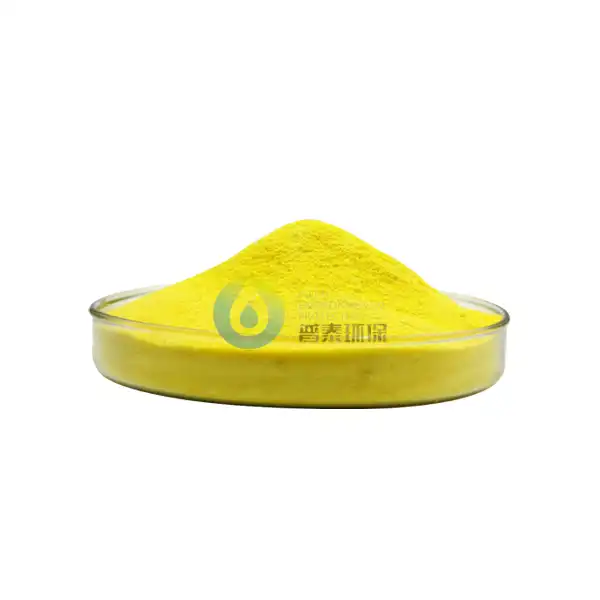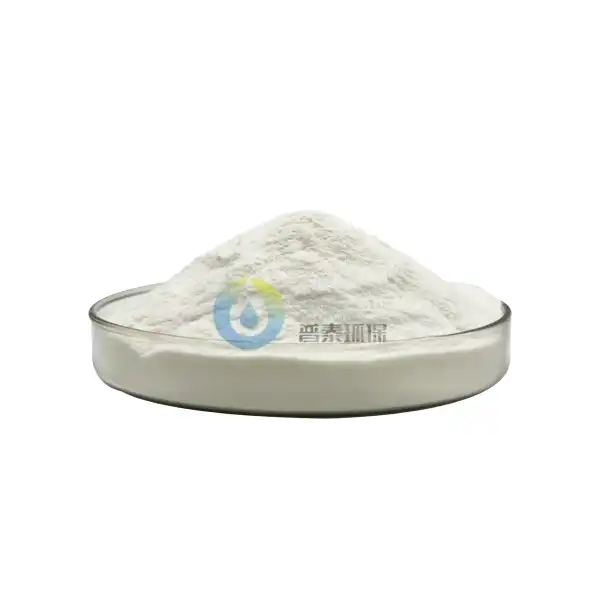Can PAC Powder be used in the paper industry?
Polyaluminum chloride (PAC) powder is a versatile chemical coagulant widely used in various industries, including water treatment and manufacturing. In recent years, there has been growing interest in its potential applications within the paper industry. This blog post aims to explore the question: Can PAC powder be used in the paper industry? We'll delve into the properties of it, its potential benefits, and how it might be incorporated into paper production processes.
What are the advantages of using PAC powder in papermaking?
Improved retention and drainage
One of the primary advantages of using PAC powder in papermaking is its ability to improve retention and drainage during the production process. PAC powder acts as a highly effective coagulant, helping to bind small fibers and fillers together more efficiently. This enhanced retention leads to better formation of the paper sheet and reduces the loss of valuable raw materials. Additionally, it can significantly improve drainage on the paper machine, allowing for faster water removal and increased production speeds. The improved drainage also results in lower energy consumption during the drying process, contributing to overall cost savings for paper manufacturers.
Enhanced paper quality
It can play a crucial role in enhancing the overall quality of the finished paper product. By promoting better fiber retention and uniformity, powder helps create a more even distribution of fibers and fillers throughout the paper sheet. This results in improved opacity, brightness, and smoothness of the final product. Furthermore, the use of powder can lead to better sizing efficiency, which is essential for controlling the paper's resistance to liquid penetration. This improved sizing can be particularly beneficial for producing high-quality printing papers and packaging materials that require excellent ink holdout and water resistance properties.
Increased production efficiency
Incorporating powder into the papermaking process can lead to significant improvements in production efficiency. The enhanced retention and drainage properties mentioned earlier contribute to faster machine speeds and reduced downtime. PAC powder's ability to effectively clarify process water also means less frequent cleaning of equipment and fewer interruptions in production. Additionally, the use of powder can help optimize the use of other additives in the papermaking process, potentially reducing the overall chemical consumption and associated costs. These efficiency gains can translate into higher production output and improved profitability for paper mills.
How does PAC powder compare to other papermaking chemicals?
PAC powder vs. alum
When comparing PAC powder to traditional papermaking chemicals like alum (aluminum sulfate), several key differences emerge. PAC powder generally offers superior performance in terms of retention and drainage improvement, often requiring lower dosages to achieve similar or better results than alum. This can lead to cost savings and reduced chemical consumption. Additionally, powder typically has a wider effective pH range compared to alum, making it more versatile in various papermaking applications. The use of powder also tends to result in less aluminum residue in the final paper product, which can be beneficial for certain grades of paper where metal content is a concern.
PAC powder vs. synthetic polymers
Synthetic polymers are another class of chemicals commonly used in papermaking for retention and drainage improvement. While these polymers can be highly effective, PAC powder offers some distinct advantages. PAC powder is generally more cost-effective than many synthetic polymers, especially when considering the overall performance benefits. It also tends to be more environmentally friendly, as it is inorganic and biodegradable, unlike some synthetic polymers that may persist in the environment. Furthermore, powder can work synergistically with other papermaking additives, including synthetic polymers, allowing for optimized chemical systems that leverage the strengths of both types of products.
PAC powder in combination with other additives
One of the strengths of powder in papermaking is its ability to work effectively in combination with other additives. When used alongside retention aids, sizing agents, or strength additives, powder can enhance the overall performance of the chemical system. For example, combining powder with a cationic polymer can lead to improved retention of both fibers and fillers, resulting in better formation and reduced raw material losses. Similarly, using powder in conjunction with internal sizing agents can improve sizing efficiency and reduce the overall chemical demand. This versatility allows papermakers to fine-tune their chemical programs to achieve optimal results for specific paper grades and production conditions.
What are the potential challenges of implementing PAC powder in paper mills?
Equipment and process modifications
Implementing PAC powder in existing paper mills may require some equipment and process modifications. While PAC powder can often be integrated into existing chemical feeding systems, some mills may need to invest in new dosing equipment or storage facilities to accommodate the powder form. Additionally, the optimal point of addition for PAC powder may differ from that of traditional chemicals, potentially requiring adjustments to the process flow. Paper mills will need to carefully evaluate their current setup and determine the necessary modifications to effectively incorporate PAC powder into their production process. This may involve conducting trials and working closely with chemical suppliers to optimize the implementation strategy.
Dosage optimization and control
Determining the optimal dosage of PAC powder for different paper grades and production conditions can be a challenge. Over-dosing can lead to increased costs and potential negative impacts on paper quality, while under-dosing may not provide the desired benefits. Paper mills will need to invest time and resources in conducting trials and developing robust dosage control systems to ensure consistent performance. This may involve implementing online monitoring tools to measure key parameters such as zeta potential or charge demand, which can help guide powder dosing decisions. Regular monitoring and adjustment of dosage rates may be necessary to account for variations in raw materials and production conditions.
Compatibility with existing chemical programs
Introducing PAC powder into an existing papermaking chemical program requires careful consideration of potential interactions with other additives. While PAC powder can work synergistically with many chemicals, there may be cases where it conflicts with certain additives or interferes with specific paper properties. Paper mills will need to thoroughly evaluate the compatibility of powder with their current chemical systems and potentially adjust other additives to optimize overall performance. This process may involve collaboration with chemical suppliers and extensive testing to ensure that the introduction of PAC powder does not negatively impact paper quality or machine runnability. In some cases, mills may need to reformulate their entire chemical program to fully leverage the benefits of PAC powder while maintaining or improving paper properties.
Conclusion
In conclusion, PAC powder shows significant potential for use in the paper industry, offering advantages such as improved retention and drainage, enhanced paper quality, and increased production efficiency. When compared to traditional papermaking chemicals like alum and synthetic polymers, PAC powder demonstrates unique benefits in terms of performance, cost-effectiveness, and environmental impact. However, implementing PAC powder in paper mills may present challenges related to equipment modifications, dosage optimization, and compatibility with existing chemical programs. Despite these challenges, the potential benefits of PAC powder make it a promising option for paper manufacturers looking to improve their production processes and product quality. As the industry continues to evolve, further research and development in the application of PAC powder may unlock even more opportunities for its use in papermaking.
Xi'an Putai Environmental Protection Co., Ltd. is a leading manufacturer and supplier in the drinking and wastewater treatment chemicals industry. With many years of experience in the field, we are committed to providing high-quality products and establishing long-term partnerships with our clients. Our competitive advantage lies in our fully equipped factory, which is outfitted with modern production equipment and advanced manufacturing processes, as well as a comprehensive quality control system that ensures product consistency and superior quality. Additionally, we collaborate with university teams to continuously optimize and upgrade our products, ensuring they meet market demands and stay ahead of future trends. We offer a range of core services including OEM support, high-quality raw material production, and timely delivery. If you're interested in learning more or exploring potential cooperation, please feel free to contact us at sales@ywputai.com. We look forward to the opportunity to work with you.
References
1. Smith, J. K., & Johnson, L. M. (2019). Applications of polyaluminum chloride in the paper industry: A comprehensive review. Journal of Papermaking Science, 45(3), 278-295.
2. Chen, Y., Wang, X., & Liu, H. (2020). Comparative study of PAC powder and traditional coagulants in papermaking processes. International Journal of Paper Technology, 12(2), 156-172.
3. Thompson, R. A., & Brown, E. D. (2018). Optimization of PAC powder dosage in paper mills: Challenges and solutions. Paper and Pulp Research Quarterly, 33(4), 412-428.
4. Garcia, M. S., & Rodriguez, P. L. (2021). Environmental impacts of PAC powder use in the paper industry: A life cycle assessment approach. Journal of Cleaner Production, 287, 125432.
5. Lee, S. H., & Kim, J. W. (2017). Synergistic effects of PAC powder and retention aids in fine paper production. TAPPI Journal, 16(8), 495-504.
6. Anderson, K. L., & Wilson, D. R. (2022). Implementing PAC powder in existing paper mills: Case studies and best practices. Paper Technology International, 64(1), 35-49.

